Coronavirus: Was tier 3 working in Liverpool City Region?
- Published

Liverpool City Region spent three weeks under the highest tier of restrictions
On 14 October, Liverpool City Region became the first area in England to fall under the highest of the government's new three-tier system of Covid-19 regulations.
Three weeks later, the region, along with the rest of the country, has moved into an even stricter national lockdown.
So did 21 days of tier three have an impact on the rate of infection in the area's six boroughs and could staying on that path have achieved the same effect as the lockdown?
'Far from good'
The region did see a marked decline in the Covid-19 infection rate in the three weeks since it was placed into tier three.
The rate per 100,000 people on 14 October was 468. As of Friday, it was 315.
The decrease is even more marked when considered authority to authority.
Knowsley, which in mid-October had the highest infection rate in England, has since drifted down to the 36th highest, and is still falling, while in the last week, none of the other five LCR authorities - Liverpool, Wirral, Sefton, Halton and St Helens - recorded an increase.
However, the area's overall rate remains higher than the overall rate for England of 227.4 per 100,000.
Knowsley Council leader Graham Morgan said he believed the restrictions were working, but the area remained "far from being in a good position".
"Tier three did mean some more restrictions for our area and I think that some of those restrictions will have reduced the transmission of Covid-19," the Labour politician said.
"I think being in tier three is working, but I think a lockdown would have achieved the same impact more quickly.
"Our figures have come down, but we are far from being in a good position here as our rates are still around 400 per 100,000.
"Put simply, that is still too high, too many people are still getting sick, and our hospitals are still under too much pressure."

Analysis - Rob England, BBC Data Unit
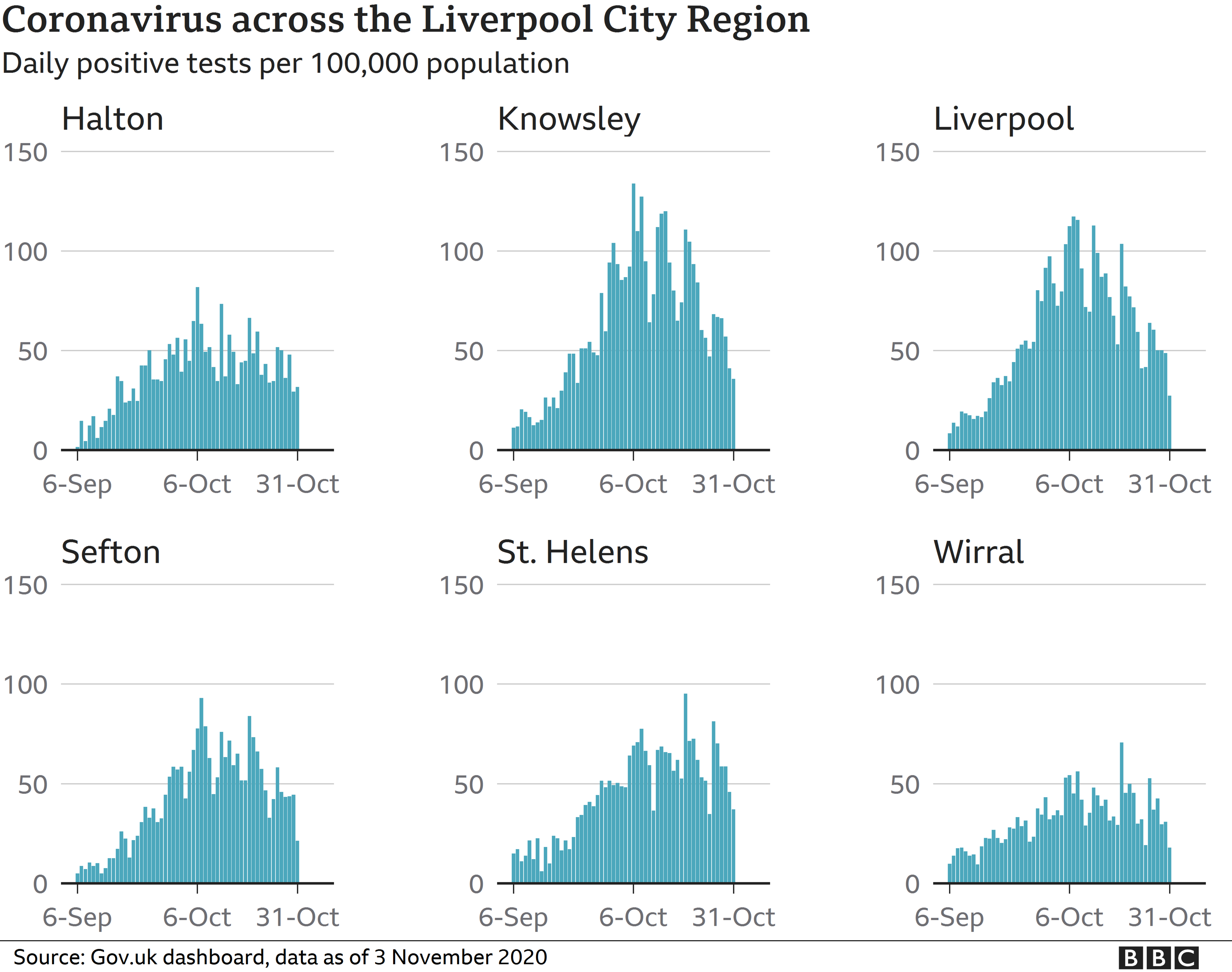
A month ago, before the Liverpool City Region went into tier three, a surge in the area's infection rate which started in early September began to stall.
When the region went into the very high alert level, three weeks ago, the overall rate per 100,000 people was 467.8.
However, there were large differences between areas. Knowsley recorded a rate of nearly 700 per 100,000 at one end of the scale, while Wirral saw a rate of 273 at the other.
Since then, cases have continued to fall, with all authorities now below 400 and none recording a rise in the last week.

For Graeme Mitchell, from Liverpool John Moores University's Public Health Institute, the period under tier three was not long enough to see if the restrictions could be truly effective.
He said there were "some indications" the restrictions were working, as the number of cases was dropping, but the delay between infection and a need for medical treatment meant hospital admissions were continuing to increase.
"You could argue that we never really gave tier three a chance to work before we moved to a national lockdown", he said.
"We need to get in a position where we are not constantly responding to the virus.
"We need to get ahead of the curve [and] a national lockdown buys us time to reduce the number of cases to a lower level".
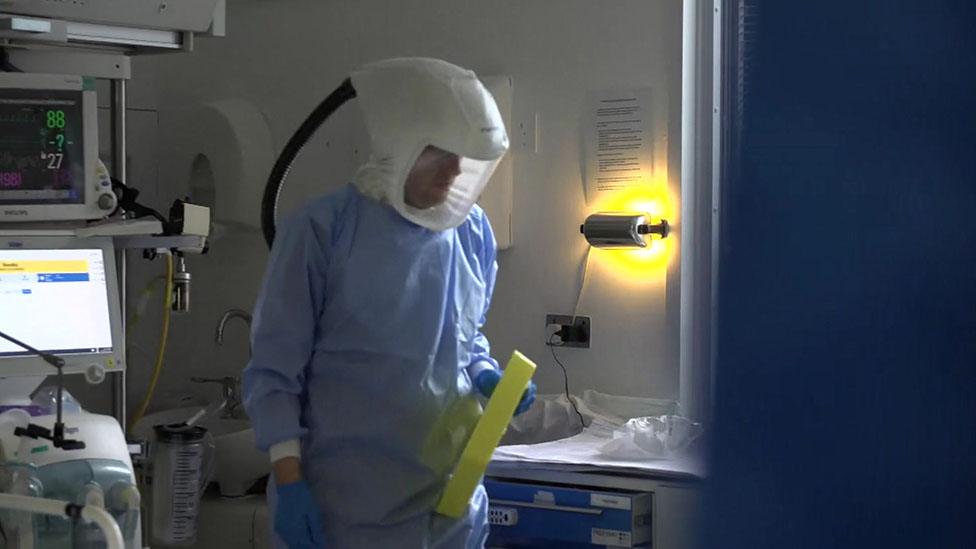
Liverpool University Hospitals Trust has 463 Covid in-patients, 73 more than the peak in early April
The three-week period certainly saw a rise in people needing hospital treatment.
The latest NHS data for admissions for the area showed there were 821 beds filled with Covid-19 patients as of 27 October, up from 745 the week before and a sharp rise from the previous month, where 168 beds were being used for the same purpose.
'Slow reduction'
The region's Labour mayor Steve Rotheram said it was "too early to draw firm conclusions around the effectiveness of the tier three restrictions, but early indicators suggest that it may have been helpful in dampening down the numbers of people infected".
He said the improvements in case numbers was "positive", but the area's leaders were "very conscious we need to be cautiously optimistic as there could be multiple reasons for this, like less people coming forward for tests in half term".
He added that the continuing rise in hospital admissions was "really worrying... so it's absolutely crucial that we all make the most of this next four weeks to do everything we can by sticking to the restrictions".
From Friday, people in the Liverpool City Council area will be offered regular Covid-19 tests under the first trial of whole city testing in England.
The city's Labour mayor Joe Anderson, who supported the move into tier three restrictions, said he was pleased the rate of infection in the city was dropping, regardless of what had caused it.
"We are seeing a slow reduction in figures in Liverpool, which shows we are on the right path, and residents and businesses are working together and following guidelines for the greater good," he said.
"We hope this new initiative boosts our efforts, and we will continue to see the numbers of positive cases drop across the city."
A Department of Health and Social Care spokesperson said: "From the outset we have done everything possible to protect the public and save lives, and it was right to take local action ahead of imposing another national lockdown.
"The R rate is above 1, meaning infections, hospitalisations and deaths continue to double, and it is right we take action to bring down infections nationally."

Why not follow BBC North West on Facebook, external, Twitter, external and Instagram, external? You can also send story ideas to northwest.newsonline@bbc.co.uk, external
- Published5 November 2020
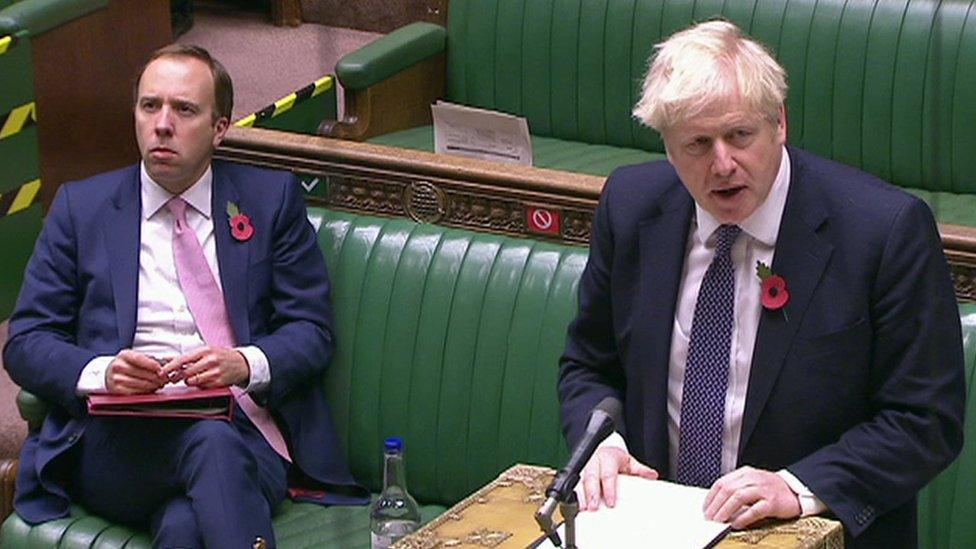
- Published3 November 2020
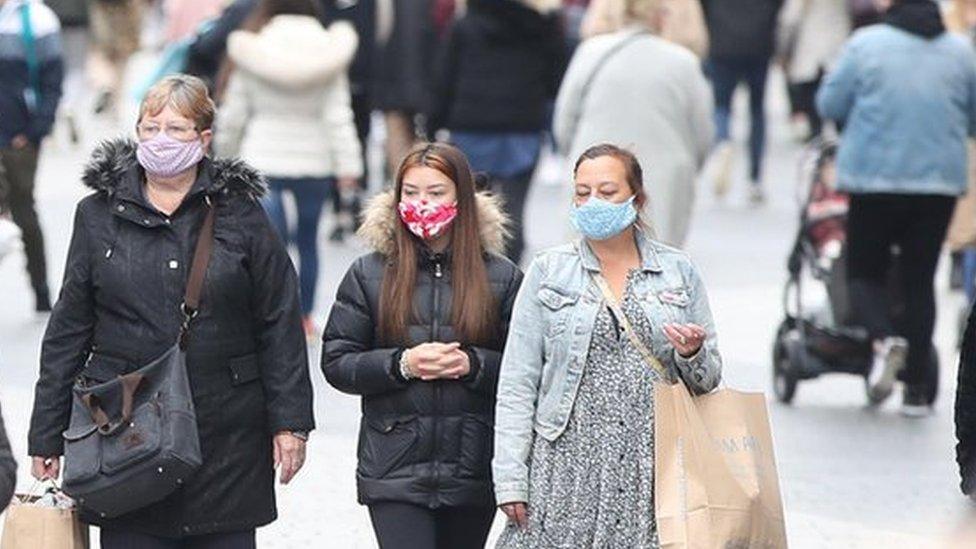
- Published2 November 2020
- Published12 October 2020
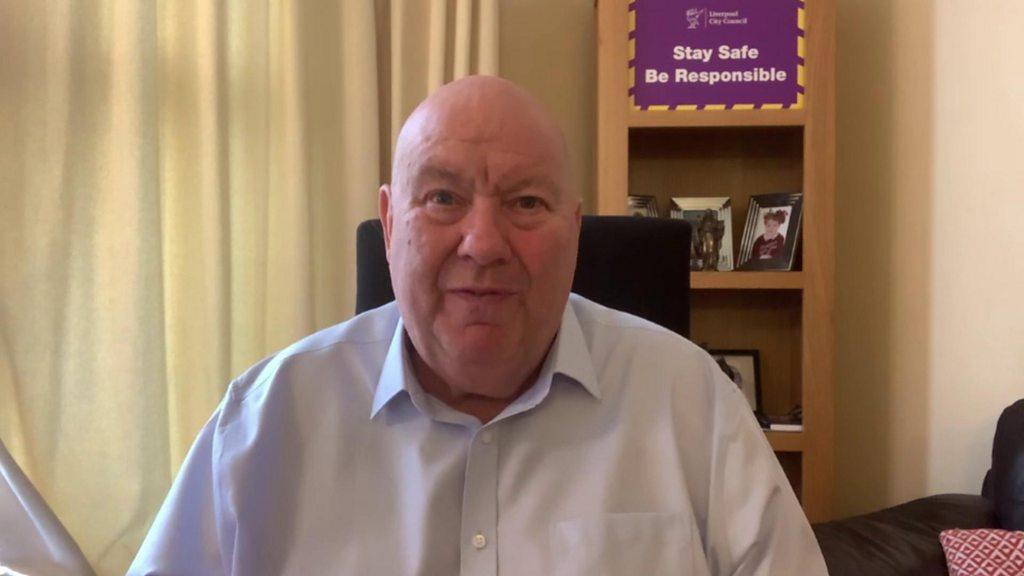
- Published3 May 2022
